 According to family lore, my relative Fayett Johnson was lynched in Bristol, Virginia. Not surprisingly, my research produced no clues beyond a fatal house fire. Many lynchings went unreported and remain unsolved. This question poem evokes the climate of hate that fueled lynch mobs and the mystery surrounding so many such crimes. LYNCHED! On that day my family has tried to forget Were buds on the branches or did leaves shade the lawn? Were the trees adorned in red and gold or sheathed in ice? What had Fayett done to land in jail? Did he wink at a white girl who smiled at him? Or had he simply sassed the wrong white man? How many days was he locked up before the masked mob took the law into its hands and snatched him from that cell? Who was in the mob? The doctor, the shopkeeper? Did it swell to hundreds? Thousands? And did they advertise? Could the sheriff have stopped them if he’d tried? Did they drag Fayett down a dusty road to a clearing in the woods? Or to a bridge? What if they marched him to the square? Did families flock to the spectacle as if a picnic or a fair? Were there boys in caps and girls with bows? Who would miss this? Was a rope waiting on a limb? Did they make him climb A ladder? Thread his head through a noose? Was there a hush as his body dropped, as his neck broke? Did the mob strip Fayett And then light kindling beneath his limp body? Did they swap jokes as flesh charred? Did the onlookers clamor for bits of rope and bone and scraps of overalls? Did they sever body parts as souvenirs? Did this horror make headlines? Did a photographer snap a penny postcard? Was that dread or sick delight on the faces in the crowd? Did a single soul cringe or shed a tear? When the news reached Fayett’s folks Did his father pound his fists and his poor mother faint? Did he leave a wife or children? Or just unrealized dreams? Months later, when grass covered his grave, Did his dog wait on the porch for his return? Did his family mention that day only in whispers? A century later, does that tree still stand? 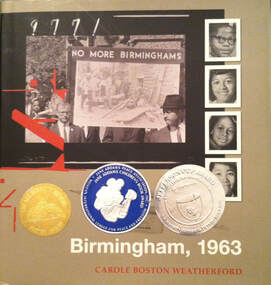 Carole Boston Weatherford's book, Birmingham, 1963 is a poetic tribute to the victims of the racially motivated church bombing that served as a seminal event in the struggle for civil rights. In 1963, the eyes of the world were on Birmingham, Alabama, a flash point for the civil rights movement. Birmingham was one of the most segregated cities in the United States. Civil rights demonstrators were met with police dogs and water cannons. Archival photographs with poignant text written in free verse offer a powerful tribute to the young victims.
0 Comments
 Booker T. Washington was an African American educator; Julius Rosenwald, a tycoon descended from an immigrant. Together, they planted the seed for thousands of public schools in rural communities during the segregation era In 1881, the formerly enslaved Washington founded Tuskegee Institute in Alabama. Washington held the controversial view that Blacks should focus on economic and educational progress rather than equal rights. At the same time, he advocated for Black businesses and secretly funded civil rights lawsuits. n 1912, Julius Rosenwald, the president of Sears, Roebuck and Company, joined Tuskegee Institute’s board of trustees. Rosenwald opposed racism and wanted to use his fortune to help others. Washington suggested funding schools in rural African-American communities, many of which were still using ramshackle Freedmen’s Bureau facilities. From 1917 to 1932, the Rosenwald Fund awarded seed money—matching grants averaging $600—to construct more than 5,000 schools in 15 states. Communities had to raise additional funds, secure land and build the schools using blueprints from Tuskegee’s architecture department. The residents also bought supplies, fuel, and sometimes, school buses. The grants stipulated that the white community had to contribute to the building projects as well and that the state had to maintain the new schools. In some areas, Rosenwald schools were the first educational institutions open to African Americans. Most Rosenwald schools lacked electricity or indoor plumbing and relied on hand-me-down furniture and textbooks from whites-only schools. Despite limited resources, Rosenwald schools were beacons of educational opportunity for generations growing up in the segregated South. After integration, the schools closed and most were torn down. The National Trust for Historic Preservation has listed the remaining structures as endangered historic places. The Rosenwald schools’ rich legacy offers lessons about community, anti-racism and the value of education. Poem: Taking Root (from Dear Mr. Rosenwald) The church deacons voted to give an acre Of land for a new school. Space For a building, playground and garden. Land that would have been used for graves. Now, a seed is sown instead. 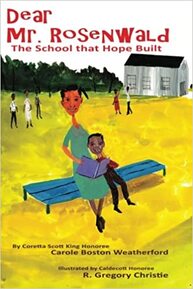 Carole Boston Weatherford, a Newbery Honor author, wrote the picture book Dear Mr. Rosenwald, an NAACP Image Award finalist and Golden Kite Honor winner illustrated by C. Gregory Christie. One reviewer claimed that my book, The Roots of Rap: 16 Bars on the 4 Pillars of Hip Hop, surprised him. “I didn’t take Carole Weatherford for a hip-hop head,” he confessed. Maybe not. But I have designed and taught a hip-hop course for college students. I write poetry and stories steeped in oral traditions. And I was raised on family lore; street, playground and handclap rhymes; proverbs; spirituals; and the call-and-response of the black church. As a child, I also read Langston Hughes poems and chanted James Brown’s anthem, “Say It Loud (I’m Black and I’m Proud.” I later tuned into Gil Scott Heron’s spoken word manifesto, “The Revolution Will Not Be Televised.” Back in the day, I partied to Whodini, the Fat Boys and Run DMC, but did not fathom the power of rap until 1981 when I heard “The Message” by Grandmaster Flash and the Furious Five. The song confirmed for me that rap is rooted in resistance. Rap originated in the late 1970s among alienated black and Latino youth in the Bronx, Harlem and Brooklyn. The genre has since come of age, and rappers have won Grammys for best album (The Miseducation of Lauryn Hill in 1999) and best song of the year (Childish Gambino’s “This Is America” in 2019). In 2017, Kendrick Lamar won the Pulitzer prize for music, a first for rapper. Today, hip hop is the language of global youth culture. Rap reveries have replaced hoop dreams, especially as a male rite of passage. A vehicle for self-expression, hip hop gives youth validation and agency. Despite rap’s rebellious vibe, the genre has form and makes use of figurative language. Here’s how I harness the power of hip hop in the classroom. I discuss rap’s roots in oral traditions and its use of poetic elements. I show documentaries on the pillars of hip hop: graffiti, breakdancing, deejaying and emceeing. We study how rap influences pop culture, politics and commerce. Finally, I get students to write homages, confessional lyrics, social commentary and/or advertising jingles. My son and collaborator, poet/illustrator Jeffery Weatherford, amps up the excitement with a mini-studio that lets students download beats, record lyrics and mix audio. Mobile apps can produce similar results. Like the genre itself, rap workshops convey to students that their voices deserve to be heard. 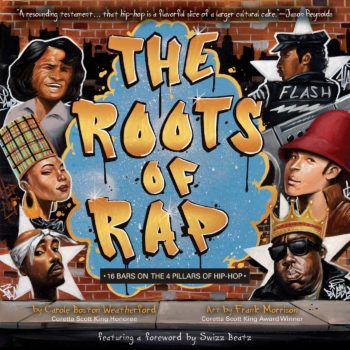 Carole Boston Weatherford has written many books inspired by oral traditions, including The Roots of Rap: 16 Bars on the 4 Pillars of Hip Hop, illustrated by Frank Morrison. Here is Vicki Cobb's review. In the foreword to A Negro League Scrapbook, Buck O’Neil, former player/manager for the Kansas City Monarchs and the first black major league coach, says “Segregation was the only reason the Negro Leagues existed. Negro League baseball was outstanding.” The players—most of whom never donned major league uniforms—were equal to, and sometimes better than, their white counterparts. Negro League and Major League players faced off in numerous exhibition games. Negro League teams usually won those contests, O’Neil explains, because the African-American players had something to prove. From 1919 to 1963, Negro League teams crisscrossed the country, thrilling fans with crafty pitches, frequent bunts, hit-and-run plays, and stolen bases—all without big salaries or a level playing field.
Jackie Robinson, who began his career with the all-black Kansas City Monarchs, took the Negro League’s fast-paced brand of play with him to the Brooklyn Dodgers, stealing home during the 1955 World Series. Robinson broke Major League Baseball’s color barrier in 1947—a milestone that O’Neil considers the first pitch of the Civil Rights Movement. Since 1971, more than twenty Negro League players have been inducted—some posthumously—into the Major League Baseball Hall of Fame in Cooperstown, New York. 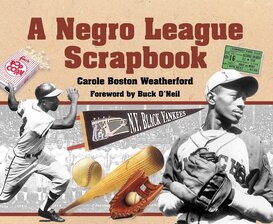 Carole Boston Weatherford’s A Negro League Scrapbook recreates what life was like on and off the field for African American baseball players before Jackie Robinson broke Major League Baseball’s color barrier. With lively verse, fascinating facts, and archival photographs, this is a celebration of the Negro Leagues and the stellar athletes who went unrecognized in their time.  The Library of Congress Prints and Photographs Department has a wealth of primary source images. Many are from the Farm Security Administration/Office of War Information (FSA/OWI) Collection, a vast pictorial record of American life between 1935 and 1944. The collection boasts 174,000 black-and-white and 1,600 color photographs taken by government-employed photojournalists such as Walker Evans, Russell Lee, Arthur Rothstein, Jack Delano, Marion Post Wolcott, Carl Mydans, Dorothea Lange and Gordon Parks. I first mined this collection in the 1980s—long before it was digitized or available online. Back then, I was researching my book, Remember the Bridge: Poems of a People (2002). I sought pictures to pair with poems that I had already penned. I found the desired images as well as others that spoke to me and begged for poems. I didn’t realize it then, but I was writing ekphrastic poetry. According to the Poetry Foundation, “An ekphrastic poem is a vivid description of a scene or, more commonly, a work of art.” Romantic poet John Keats’ “Ode to a Grecian Urn” is a famous example. I have since written more ekphrastic poems—two inspired by iconic images from the FSA/OWI collection. Gordon Parks: How the Photographer Captured Black and White America and Dorothea Lange: How the Photographer Found the Faces of the Depression tell the stories behind Parks’ 1942 “American Gothic” and Lange’s 1936 “Migrant Mother.” The resulting verse biographies go beyond describing the images to paint pictures of the photographers themselves. Parks, a pioneering African American Renaissance man, documented racism in the nation’s capital by photographing Ella Watson, a government custodian who supported her family on $1,000 a year. Lange’s photo of a migrant mother and her starving children shows the misery caused by the Dust Bowl. Newspapers published these powerful photographs, exposing poverty and injustice. Are you ready to browse the FSA/OWI collection online? Perhaps, start here. Choose one photograph that moves you. A gaze that will not let you look away. A face full of stories. A scene that draws you in. A landscape that transports you. Then, draft your poem. Write from that time and place, in the voice of the subject, the photographer, or a bystander. Read your draft aloud to yourself. Then, revise. When finished, arrange your poem and the photograph on the same page.
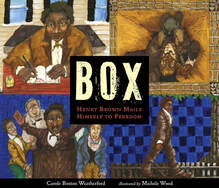 Carole Boston Weatherford writes hybrid genre poetry, nonfiction and biographies. BOX: Henry Brown Mails Himself to Freedom chronicles one of slavery’s most daring escapes. |
*NEWS
|
For Vicki Cobb's BLOG (nonfiction book reviews, info on education, more), click here: Vicki's Blog
The NCSS-CBC Notable Social Studies Committee is pleased to inform you
that 30 People Who Changed the World has been selected for Notable Social Studies Trade Books for Young People 2018, a cooperative project of the National Council for the Social Studies (NCSS) & the Children’s Book Council
Categories
All
Abolitionists
Adams Janus
Adaptation
Adaptations
Adkins Jan
Advertising
Aerodynamics
Africa
African American History
African Americans
Africa West
Agriculture
Aircraft
Air Pilots
Air Pressure
Air Travel
Albee Sarah
Alchemy
Alligators
Allusion
American History
American Icons
Amphibians
Amundsen Roald
Anatomy
Ancient
Ancient Cultures
Anderson Marian 1897-1993
Animal Behavior
Animal Experimentation
Animal Intelligence
Animals
Animation
Antarctica
Ants
Apache Indians
Apes
April Fool's Day
Architecture
Argument
Arithmetic
Art
Art Deco
Artists
Arts
Asia
Astronauts
Astronomy
Athletes
Atomic Theory
Audubon Societies
Authors
Autobiography
Automobiles
Aviation
Awards
Bacteria
Baseball
Battuta Ibn
Bears
Beatles
Beavers
Bees
Biodegradation
Biography
Biology
Biomes
Biomimicry
Biplanes
Birds
Black Death
Black History
Blindness
Blizzards
Bombs
Bonaparte Napoleon
Boone Daniel
Botany
Brazil
Bridges
Brill Marlene Targ
Brooklyn Bridge
Brown John
Buffaloes
Building Materials
Butterflies
Caesar
Caesar Julius
Caissons
Calculus
Calendars
Cannibal
Capitals
Caravaggio
Carbon Dioxide
Carnivores
Carson Mary Kay
Cartoons & Comics
Carving (Decorative Arts)
Cascade Range
Castaldo Nancy
Castles
Castrovilla Selene
Cathedrals
Cats
Caves
Celts
Cemeteries
Chemistry
Children's Authors
Child Welfare
China
Choctaw Indians
Christmas
Chronometers
Cicadas
Cinco De Mayo
Ciphers
Circle
Citizenship
Civil Rights
Civil Rights Movements
Civil War
Civil War - US
Climate
Climate Change
Clocks And Watches
Clouds
Cobb Vicki
COBOL (Computer Language)
Code And Cipher Stories
Collard III Sneed B.
Collectors And Collecting
Color
Commerce
Communication
Competition
Compilers
Composers
Computers
Congressional Gold Medal
Consitution
Contests
Contraltos
Coolidge Calvin
Cooling
Corms
Corn
Counterfeiters
Covid-19
Crocodiles
Cryptography
Culture
Darwin Charles
Declaration Of Independence
Decomposition
Decompression Sickness
Deep-sea Animals
Deer
De Medici Catherine
Design
Detectives
Dickens Charles
Disasters
Discrimination
Diseases
Disney Walt
DNA
Dogs
Dollar
Dolphins
Douglass Frederick 1818-1895
Droughts
Dr. Suess
Dunphy Madeleine
Ear
Earth
Earthquakes
Ecology
Economics
Ecosystem
Edison Thomas A
Education
Egypt
Eiffel-gustave-18321923
Eiffel-tower
Einstein-albert
Elephants
Elk
Emancipationproclamation
Endangered Species
Endangered-species
Energy
Engineering
England
Englishlanguage-arts
Entomology
Environmental-protection
Environmental-science
Equinox
Erie-canal
Etymology
Europe
European-history
Evolution
Experiments
Explorers
Explosions
Exports
Extinction
Extinction-biology
Eye
Fairs
Fawkes-guy
Federalgovernment
Film
Fires
Fishes
Flight
Floods
Flowers
Flute
Food
Food-chains
Foodpreservation
Foodsupply
Food-supply
Football
Forceandenergy
Force-and-energy
Forensicscienceandmedicine
Forensic Science And Medicine
Fossils
Foundlings
France
Francoprussian-war
Freedom
Freedomofspeech
French-revolution
Friction
Frogs
Frontier
Frontier-and-pioneer-life
Frozenfoods
Fugitiveslaves
Fultonrobert
Galapagos-islands
Galleys
Gametheory
Gaudi-antoni-18521926
Gender
Generals
Genes
Genetics
Geography
Geology
Geometry
Geysers
Ghosts
Giraffe
Glaciers
Glaucoma
Gliders-aeronautics
Global-warming
Gods-goddesses
Gold-mines-and-mining
Government
Grant-ulysses-s
Grasshoppers
Gravity
Great-britain
Great-depression
Greece
Greek-letters
Greenberg Jan
Hair
Halloween
Handel-george-frederic
Harness Cheryl
Harrison-john-16931776
Health-wellness
Hearing
Hearing-aids
Hearst-william-randolph
Henry-iv-king-of-england
Herbivores
Hip Hop
History
History-19th-century
History-france
History-world
Hitler-adolph
Hoaxes
Holidays
Hollihan Kerrie Logan
Homestead-law
Hopper-grace
Horses
Hot Air Balloons
Hot-air-balloons
Housing
Huguenots
Human Body
Hurricanes
Ice
Icebergs
Illustration
Imagery
Imhotep
Imperialism
Indian-code-talkers
Indonesia
Industrialization
Industrial-revolution
Inquisition
Insects
Insulation
Intelligence
Interstatecommerce
Interviewing
Inventions
Inventors
Irrational-numbers
Irrigation
Islands
Jacksonandrew
Jazz
Jeffersonthomas
Jefferson-thomas
Jemisonmae
Jenkins-steve
Jet-stream
Johnsonlyndonb
Jokes
Journalism
Keeling-charles-d
Kennedyjohnf
Kenya
Kidnapping
Kingmartinlutherjr19291968
Kingmartinlutherjr19291968d6528702d6
Kings-and-rulers
Kings Queens
Kings-queens
Koala
Labor
Labor Policy
Lafayette Marie Joseph Paul Yves Roch Gilbert Du Motier Marquis De 17571834
Landscapes
Languages-and-culture
Law-enforcement
Layfayette
Levers
Levinson Cynthia
Lewis And Clark Expedition (1804-1806)
Lewis Edmonia
Liberty
Lift (Aerodynamics)
Light
Lindbergh Charles
Liszt Franz
Literary Devices
Literature
Lizards
Longitude
Louis XIV King Of France
Lumber
Lunar Calendar
Lynching
Macaws
Madison-dolley
Madison-james
Madison-james
Mammals
Maneta-norman
Maneta-norman
Marathon-greece
Marine-biology
Marine-biology
Marines
Marsupials
Martial-arts
Marx-trish
Mass
Massachusetts-maritime-academy
Mass-media
Mastodons
Mathematics
May-day
Mcclafferty-carla-killough
Mcclafferty-carla-killough
Mckinley-william
Measurement
Mechanics
Media-literacy
Media-literacy
Medicine
Memoir
Memorial-day
Metaphor
Meteorology
Mexico
Mickey-mouse
Microscopy
Middle-west
Migration
Military
Miners
Mississippi
Molasses
Monarchy
Monsters
Montgomery
Montgomery-bus-boycott-19551956
Montgomery-heather-l
Monuments
Moon
Moran-thomas
Morsecode
Morsesamuel
Moss-marissa
Moss-marissa
Motion
Motion-pictures
Mummies
Munro-roxie
Munro-roxie
Musclestrength
Museums
Music
Muslims
Mythologygreek
Nanofibers
Nanotechnology
Nathan-amy
Nathan-amy
Nationalfootballleague
Nationalparksandreserves
Nativeamericans
Native-americans
Native-americans
Naturalhistory
Naturalists
Nature
Nauticalcharts
Nauticalinstruments
Navajoindians
Navigation
Navy
Ncaafootball
Nervoussystem
Newdeal19331939
Newman-aline
Newman-aline
Newton-isaac
New-york-city
Nobelprizewinners
Nomads
Nonfictionnarrative
Nutrition
Nylon
Nymphs-insects
Oaths Of Office
Occupations
Ocean
Ocean-liners
Olympics
Omnivores
Optics
Origami
Origin
Orphans
Ottomanempire
Painters
Painting
Paleontology
Pandemic
Paper-airplanes
Parksrosa19132005
Parrots
Passiveresistance
Patent Dorothy Hinshaw
Peerreview
Penguins
Persistence
Personalnarrative
Personification
Pets
Photography
Physics
Pi
Pigeons
Pilots
Pinkertonallan
Pirates
Plague
Plains
Plainsindians
Planets
Plantbreeding
Plants
Plastics
Poaching
Poetry
Poisons
Poland
Police
Political-parties
Pollen
Pollution
Polo-marco
Populism
Portraits
Predation
Predators
Presidentialmedaloffreedom
Presidents
Prey
Prey-predators
Prey-predators
Prime-meridian
Pringle Laurence
Prohibition
Proteins
Protestandsocialmovements
Protestants
Protestsongs
Punishment
Pyramids
Questioning
Radio
Railroad
Rainforests
Rappaport-doreen
Ratio
Reading
Realism
Recipes
Recycling
Refrigerators
Reich-susanna
Religion
Renaissance
Reproduction
Reptiles
Reservoirs
Rheumatoidarthritis
Rhythm-and-blues-music
Rice
Rivers
Roaringtwenties
Roosevelteleanor
Rooseveltfranklind
Roosevelt-franklin-d
Roosevelt-theodore
Running
Russia
Safety
Sanitation
Schwartz David M
Science
Scientificmethod
Scientists
Scottrobert
Sculpture
Sculpturegardens
Sea-level
Seals
Seals-animals
Secretariesofstate
Secretservice
Seeds
Segregation
Segregationineducation
Sensessensation
September11terroristattacks2001
Seuss
Sextant
Shackletonernest
Shawneeindians
Ships
Shortstories
Silkworms
Simple-machines
Singers
Siy Alexandra
Slavery
Smuggling
Snakes
Socialchange
Social-change
Socialjustice
Social-justice
Socialstudies
Social-studies
Social-studies
Sodhouses
Solarsystem
Sound
Southeast-asia
Soybean
Space Travelers
Spain
Speech
Speed
Spiders
Spies
Spiritualssongs
Sports
Sports-history
Sports-science
Spring
Squirrels
Statue-of-liberty
STEM
Storms
Strategy
Sugar
Sumatra
Summer
Superbowl
Surgery
Survival
Swanson-jennifer
Swinburne Stephen R.
Synthetic-drugs
Taiwan
Tardigrada
Tasmania
Tasmanian Devil
Tasmanian-devil
Technology
Tecumsehshawneechief
Telegraph-wireless
Temperature
Tennis
Terrorism
Thomas Peggy
Thompson Laurie Ann
Time
Titanic
Tombs
Tortoises
Towle Sarah
Transcontinental-flights
Transportation
Travel
Trees
Trung Sisters Rebellion
Tundra
Turnips
Turtles
Typhoons
Underground Railroad
Us-environmental-protection-agency
Us History
Us-history
Ushistoryrevolution
Us History Revolution
Us-history-war-of-1812
Us Presidents
Ussupremecourtlandmarkcases
Vacations
Vaccines
Vangoghvincent
Vegetables
Venom
Vietnam
Viruses
Visual-literacy
Volcanoes
Voting-rghts
War
Warne-kate
Warren Andrea
Washington-dc
Washington George
Water
Water-currents
Wax-figures
Weapons
Weather
Weatherford Carole Boston
Whiting Jim
Wildfires
Winds
Windsor-castle
Wolves
Woman In History
Women
Women Airforce Service Pilots
Women-airforce-service-pilots
Womeninhistory
Women In History
Women-in-science
Women's History
Womens-roles-through-history
Wonder
Woodson-carter-godwin-18751950
World-war-i
World War Ii
World-war-ii
Wright Brothers
Writing
Writing-skills
Wwi
Xrays
Yellowstone-national-park
Zaunders Bo
ArchivesMarch 2021
February 2021
January 2021
December 2020
November 2020
October 2020
September 2020
June 2020
May 2020
April 2020
March 2020
February 2020
January 2020
December 2019
October 2019
September 2019
August 2019
July 2019
May 2019
April 2019
March 2019
February 2019
January 2019
December 2018
November 2018
September 2018
June 2018
May 2018
April 2018
March 2018
February 2018
January 2018
December 2017
November 2017
October 2017
September 2017
March 2017
The NONFICTION MINUTE, Authors on Call, and. the iNK Books & Media Store are divisions of iNK THINK TANK INC.
a 501 (c) (3) nonprofit corporation. To return to the iNK Think Tank landing page click the icon or the link below. :
http://inkthinktank.org/
For more information or support, contact thoughts@inkthinktank.org
For Privacy Policy, go to
Privacy Policy
© COPYRIGHT the Nonfiction Minute 2020.
ALL RIGHTS RESERVED.
This site uses cookies to personalize your experience, analyze site usage, and offer tailored promotions. www.youronlinechoices.eu
Remind me later
Archives
March 2023
February 2023
January 2023
December 2022
November 2022
October 2022
September 2022
June 2022
May 2022
April 2022
March 2022
February 2022
January 2022
December 2021
November 2021
September 2021
April 2021
March 2021
February 2021
November 2020
October 2020
September 2020
June 2020
May 2020
April 2020
March 2020
February 2020
January 2020
October 2019
August 2019
July 2019
May 2019
April 2019
December 2018
September 2018
June 2018
May 2018
March 2018
February 2018
January 2018
December 2017
November 2017
October 2017
September 2017



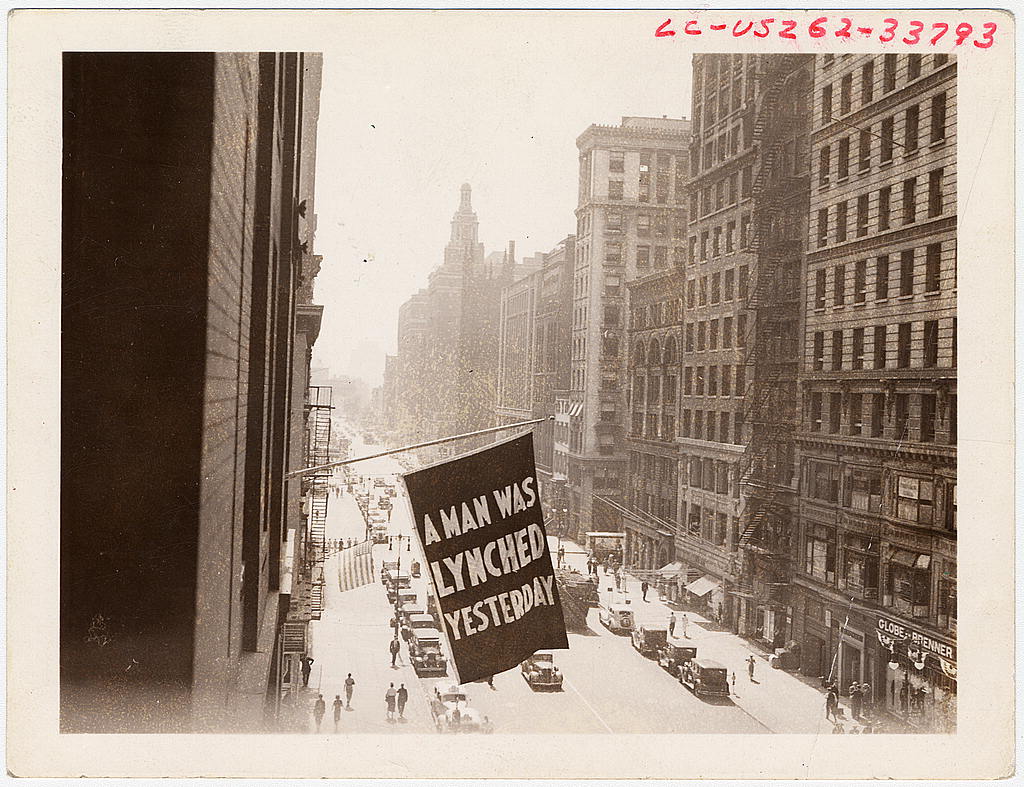
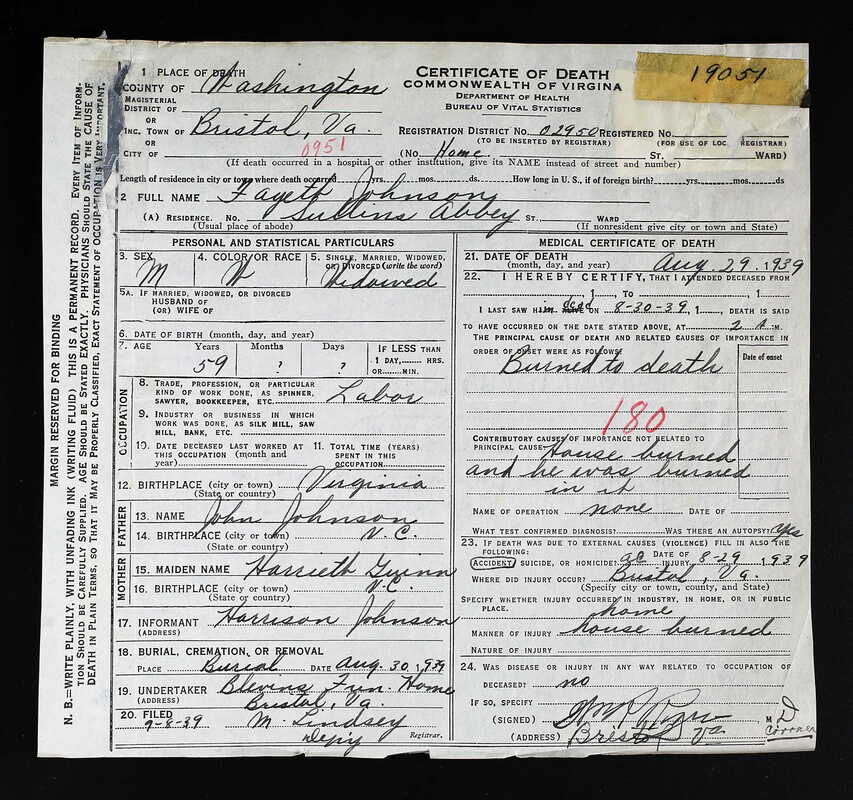
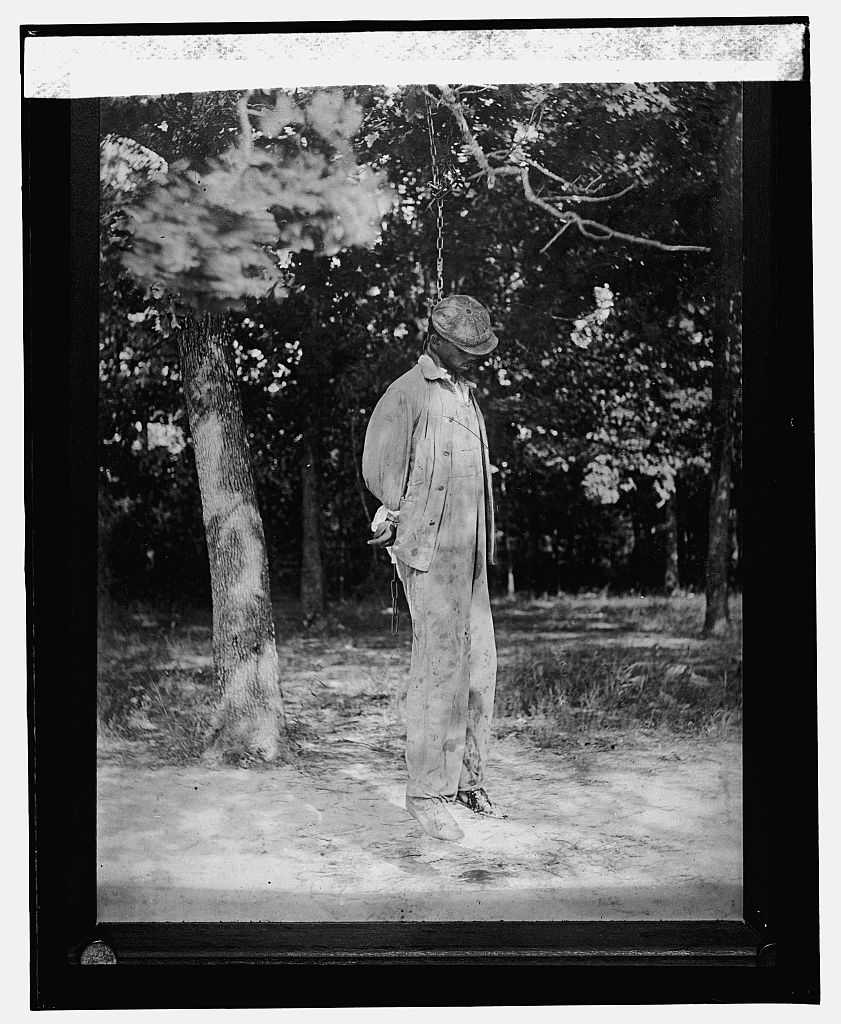
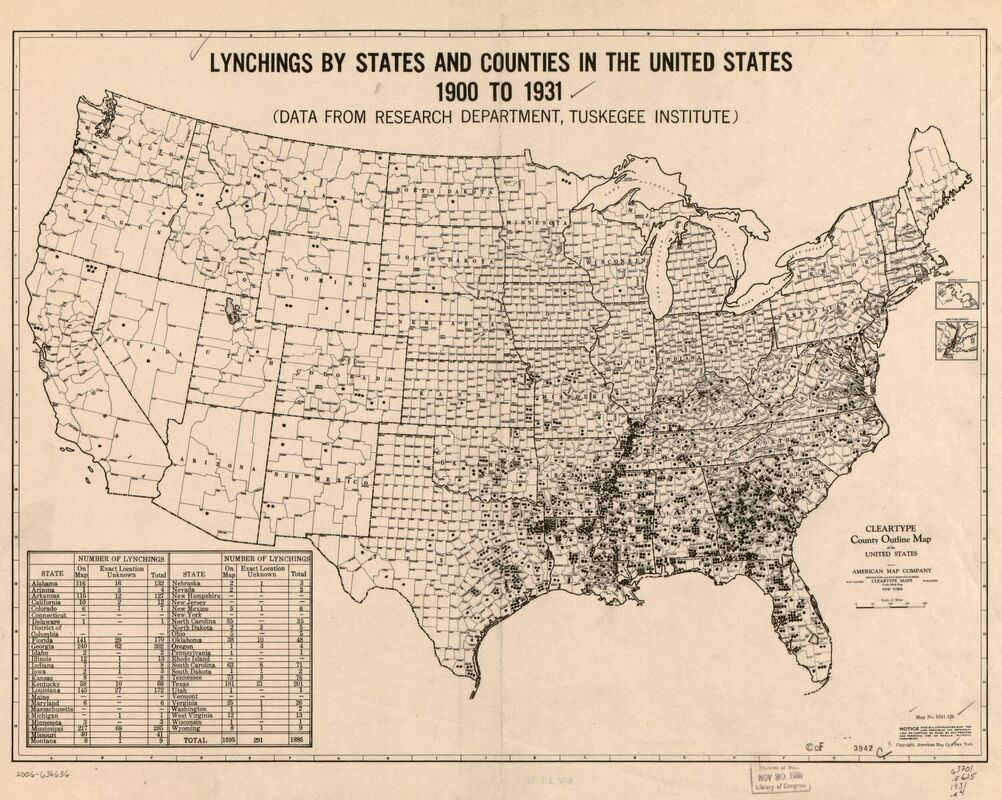


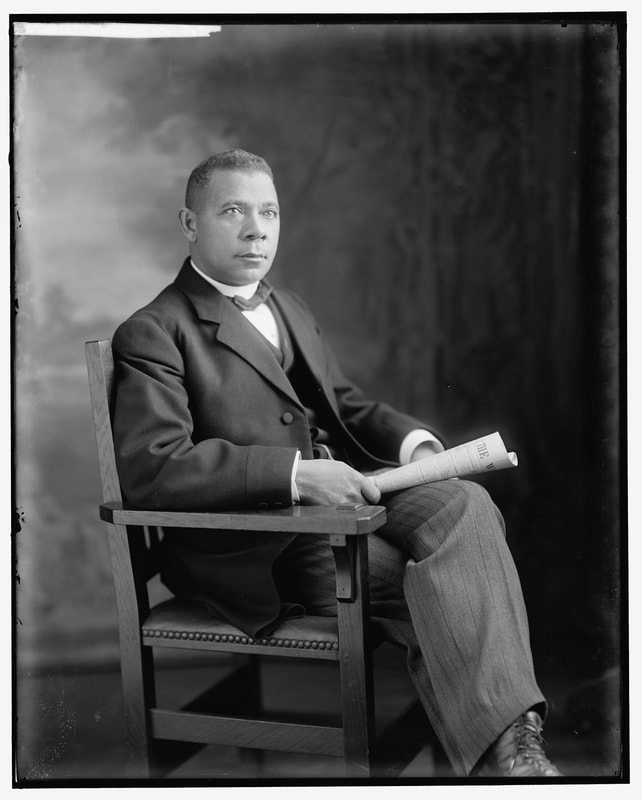
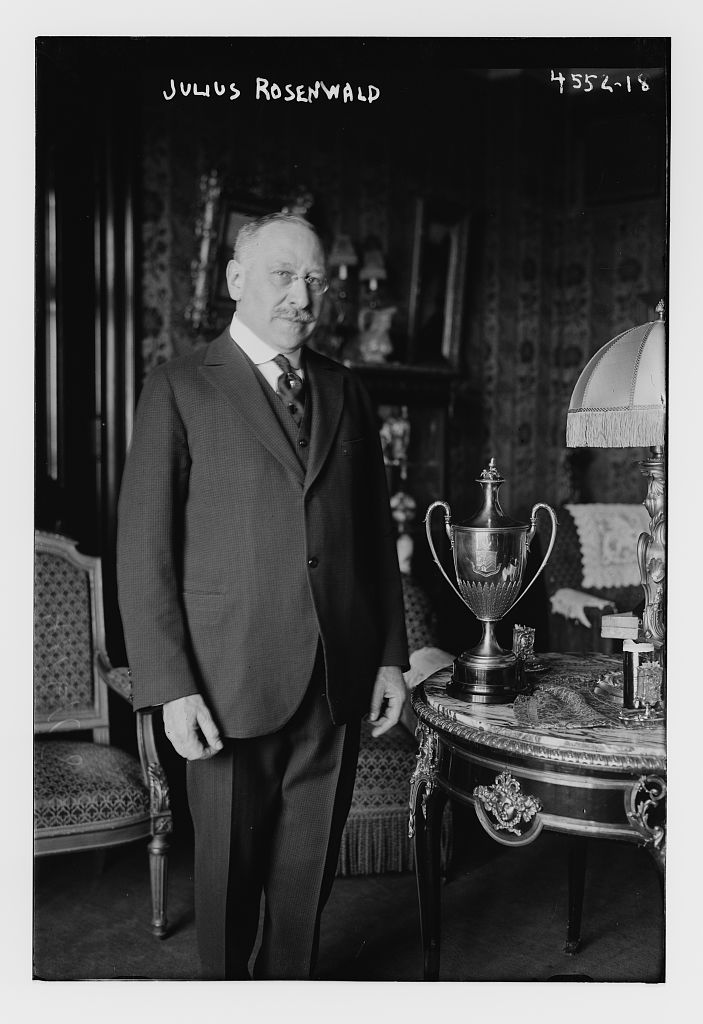
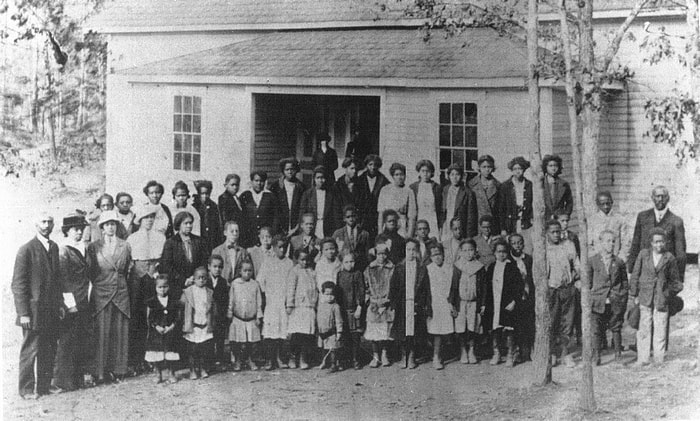
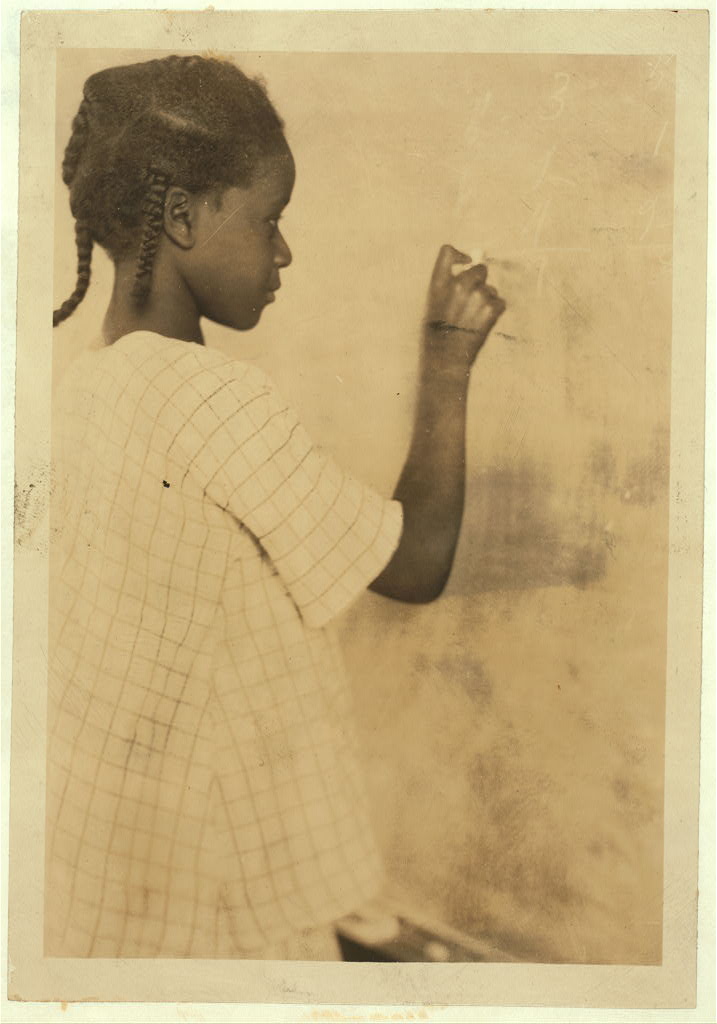
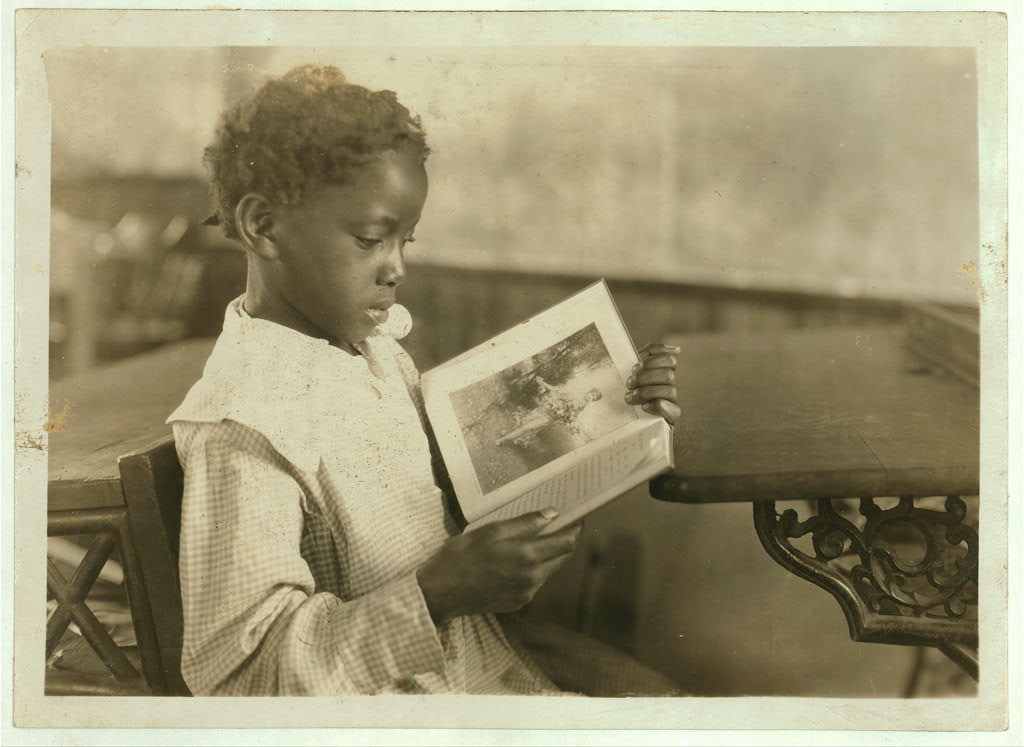


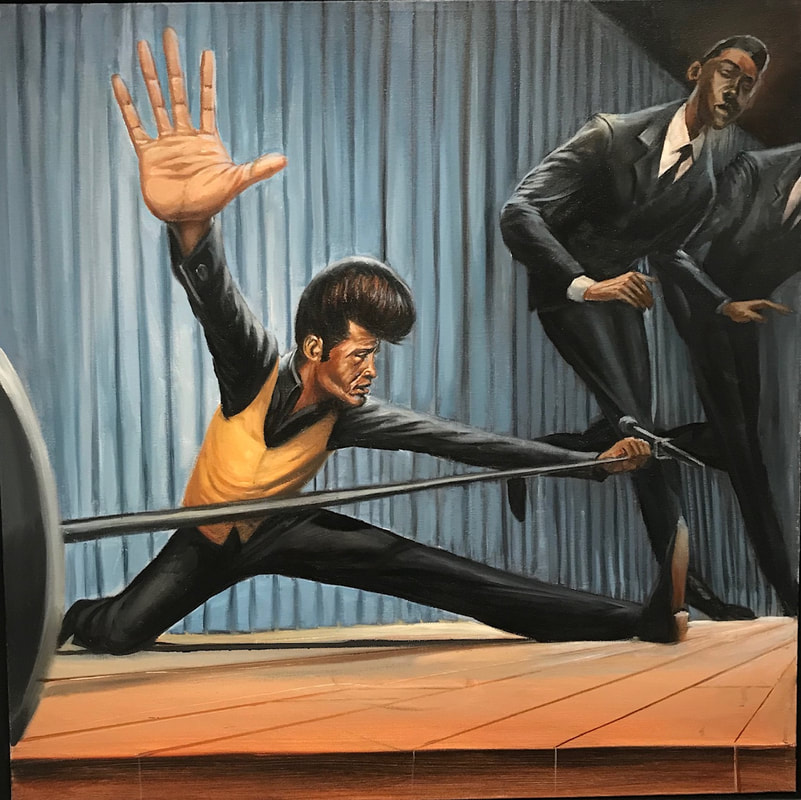
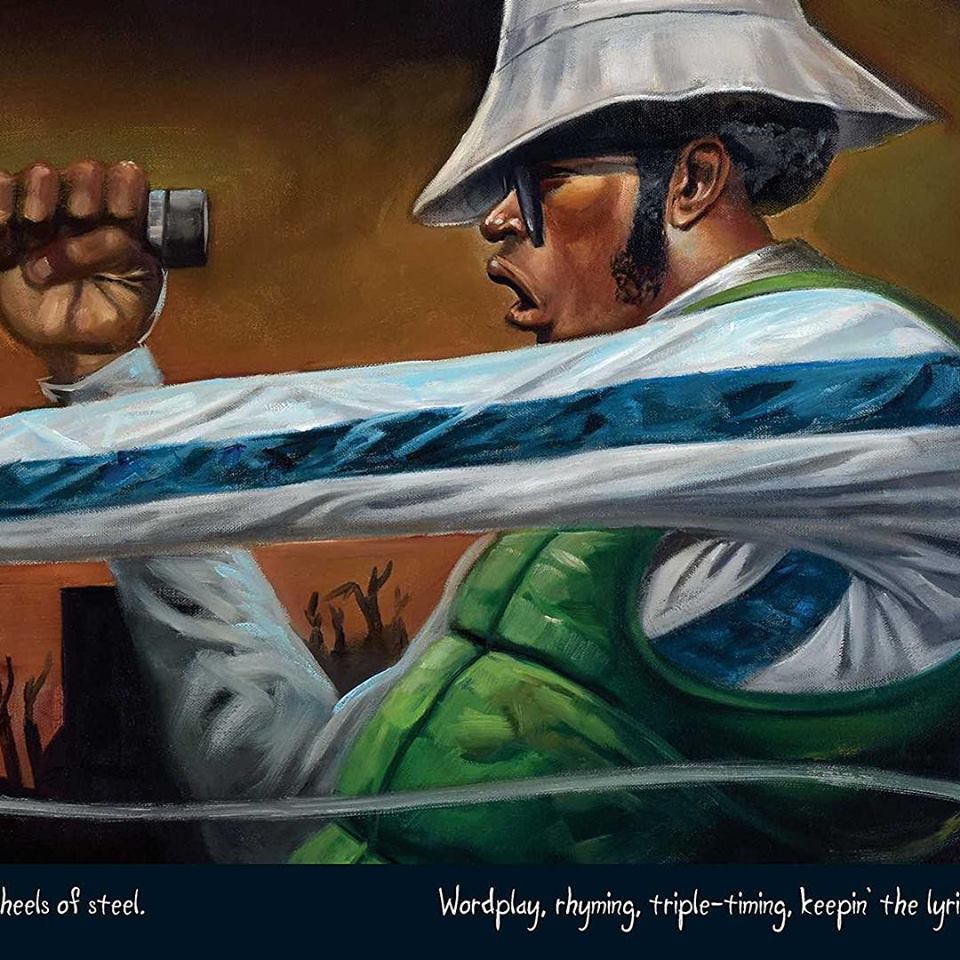

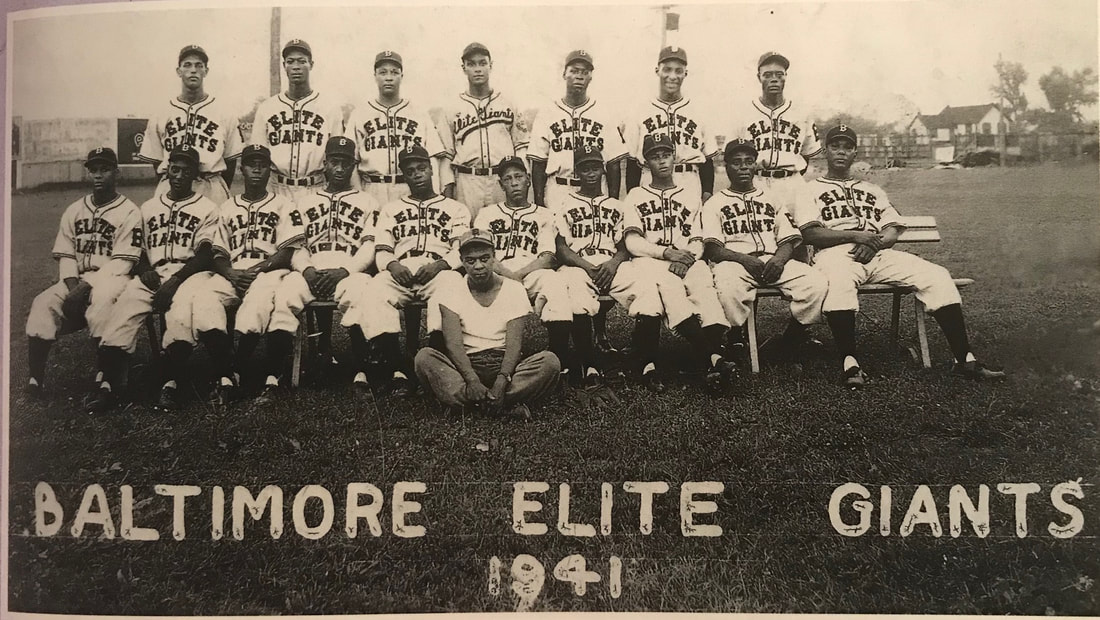

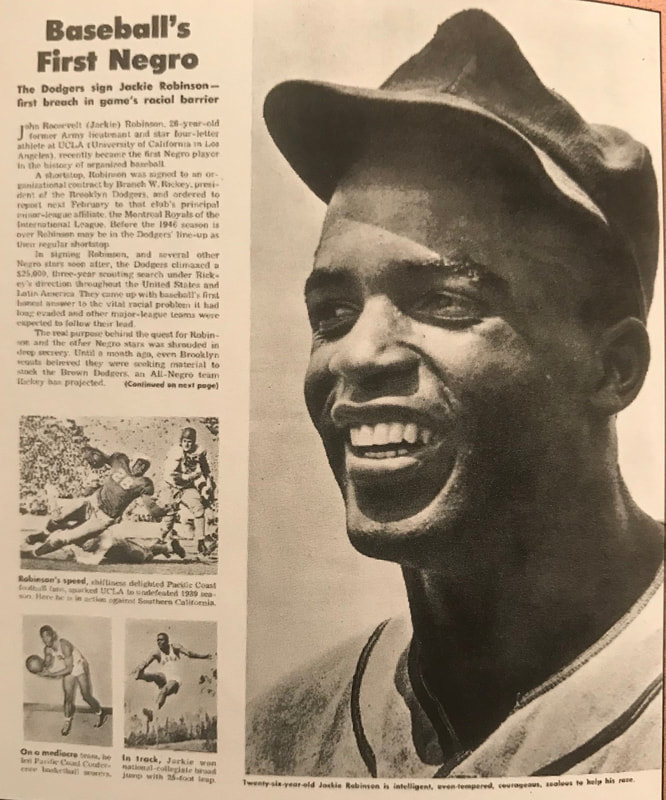



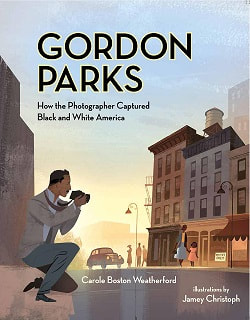
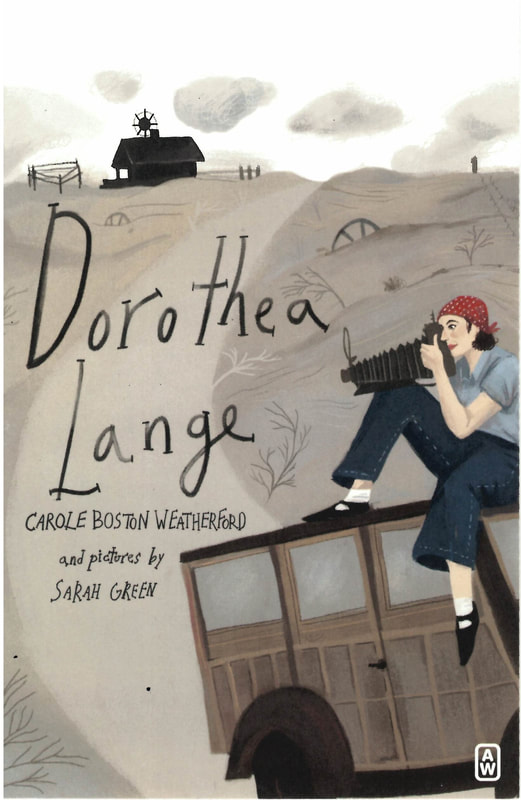
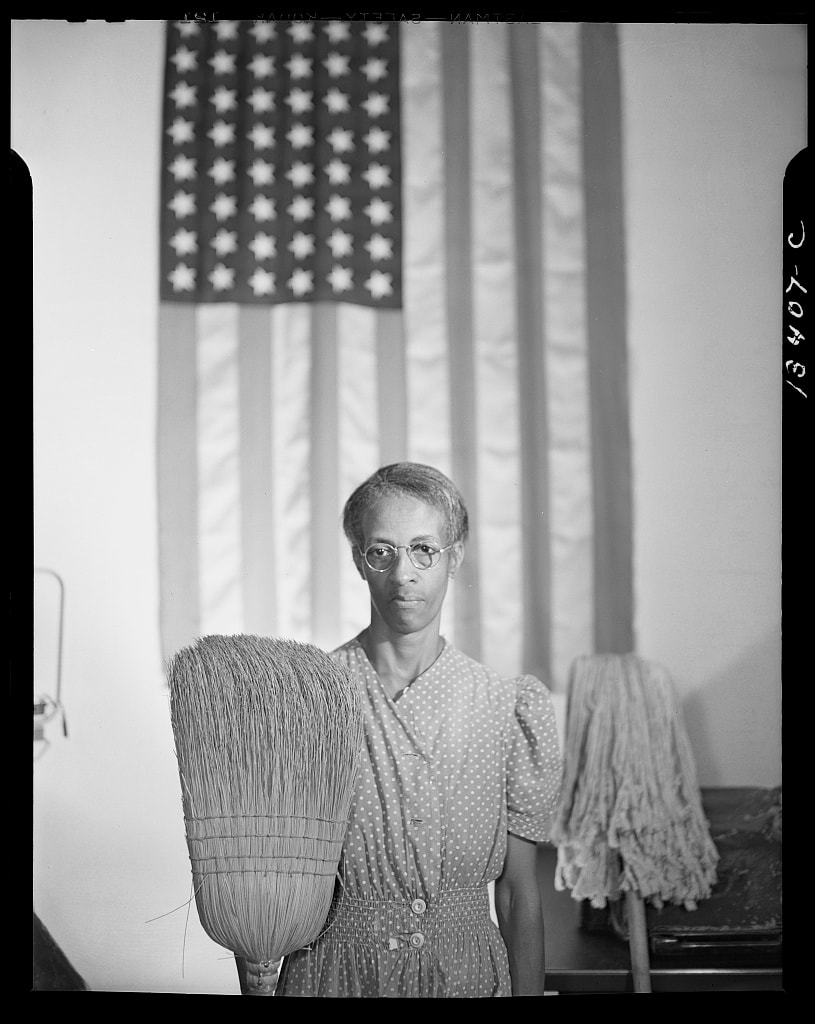
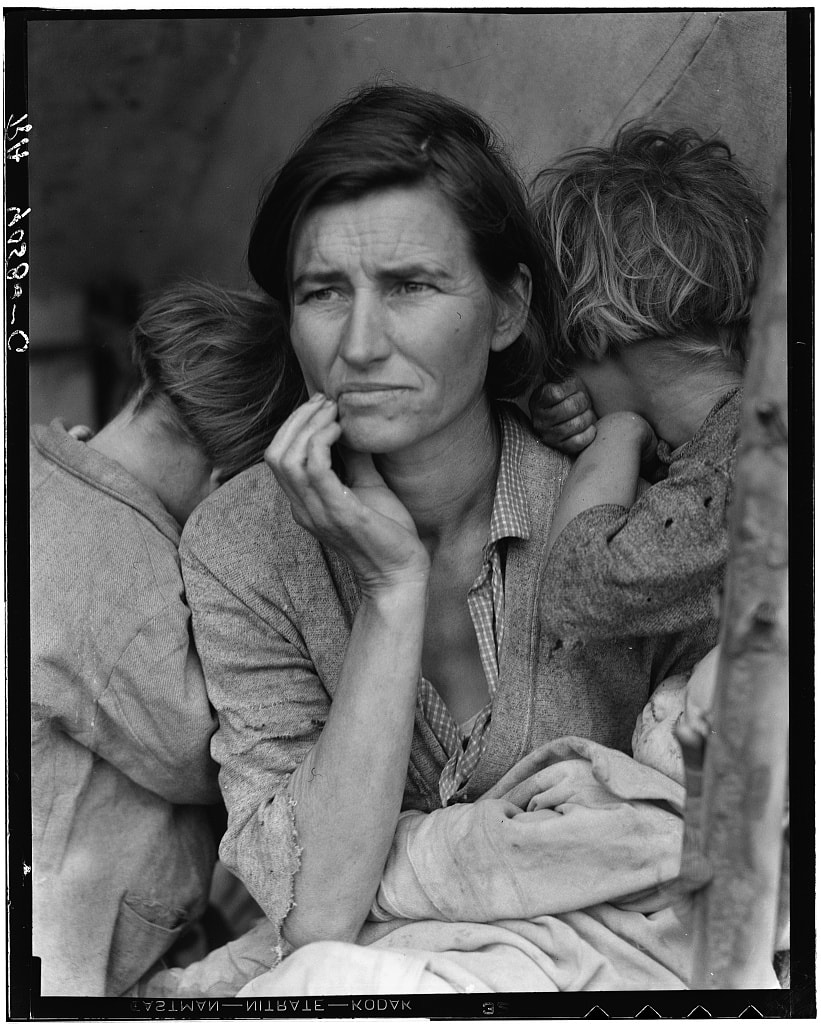
 RSS Feed
RSS Feed
